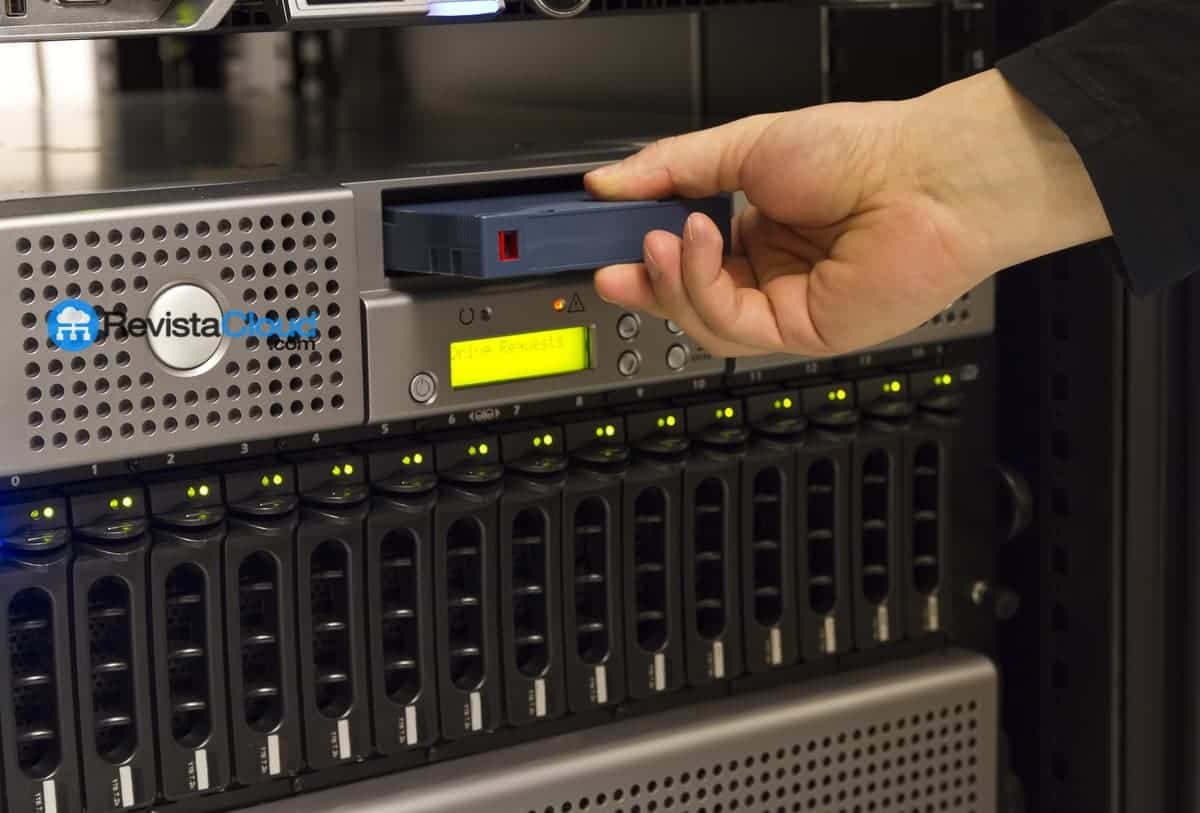Certainly! Here’s your translated text:
In an IT environment where virtualization has become the cornerstone of agility and efficiency, having a robust backup strategy is essential. Proxmox Virtual Environment (VE), one of the most popular open-source virtualization platforms, supports multiple backup solutions—from built-in tools to powerful third-party alternatives—to ensure the security of virtual machines, containers, and physical hosts.
Below, we review some of the main backup solutions compatible with Proxmox VE, focusing on features, licensing, and scalability.
1. Proxmox Backup Server (PBS): the native option
Developed by the same team behind Proxmox, Proxmox Backup Server is an enterprise solution aimed at efficient and secure backups of VMs, containers, and physical servers. It integrates deduplication, Zstandard compression, encryption, and incremental verification, all with direct compatibility with Proxmox VE.
2. Bacula Enterprise: advanced backup with a specific plugin
Bacula Enterprise is an enterprise backup platform based on the open-source Bacula engine, ideal for critical environments. It offers a specific plugin for Proxmox VE, compatible with the latest versions, and allows for centralized copy management, supporting differential and incremental backups, as well as rapid restorations.
3. BDRSuite: protection for hybrid environments
BDRSuite, from Vembu Technologies, is a comprehensive backup and disaster recovery solution for virtual, physical, cloud, and SaaS environments. It features agentless support for virtual machines in Proxmox VE, ideal for reducing deployment complexity.
4. Commvault: unified enterprise backup
Commvault, one of the most established platforms on the market, provides protection for virtual machines hosted in Proxmox VE through integration with its unified backup system. Although it is not open-source, it stands out for its scalability and advanced automation options.
5. NAKIVO Backup & Replication: instant recovery and efficiency
NAKIVO offers a complete suite for backup, replication, disaster recovery, tape/cloud backup, and granular restoration for virtual, physical, and cloud environments. Its integration with Proxmox VE allows for tasks such as instant verification, data reduction, agentless backups, and granular file recovery.
6. SEP sesam: multi-target backup support for Proxmox
SEP sesam provides efficient protection for VMs in Proxmox VE. It supports multiple hypervisors, offers deduplication, tape backup, and a centralized approach to backup policy management in hybrid infrastructures.
7. Catalogic DPX vPlus: agentless and ready for Proxmox
Catalogic DPX offers agentless protection for Proxmox VE through its DPX vPlus solution. It allows for full VM backups, granular recovery, and optimized management for multiple hypervisors from a single interface.
8. Veeam Backup & Replication: powerful but without native support
Although Veeam is one of the most recognized backup solutions in the industry, it does not offer official native support for Proxmox VE. Some administrators opt to integrate Veeam via agents to back up individual virtual machines from the guest system, though this introduces greater operational complexity.
9. Vinchin Backup & Recovery: ease and security
Vinchin provides a simple, secure, and scalable backup solution designed to protect virtual environments (including Proxmox), clouds, databases, and file servers. It includes instant recovery, cloud backup, automatic verification, and deduplication.
10. EAGLE: centralized backup monitoring
EAGLE is a solution aimed at monitoring backup systems. Although it does not perform backups itself, it provides a centralized view of the health status of backups and storage, both locally and in the cloud, integrating with systems such as PBS, Veeam, or Bacula.
Conclusion
The ecosystem of backup solutions compatible with Proxmox VE is becoming increasingly broad and mature. From integrated options like Proxmox Backup Server to enterprise-level platforms like NAKIVO, Commvault, or Bacula Enterprise, organizations have tools at their disposal to adapt their data protection strategies to various scales and budgets.
Choosing the right solution will depend on the size of the infrastructure, disaster recovery requirements, regulatory compliance needs, and the desired level of automation.

